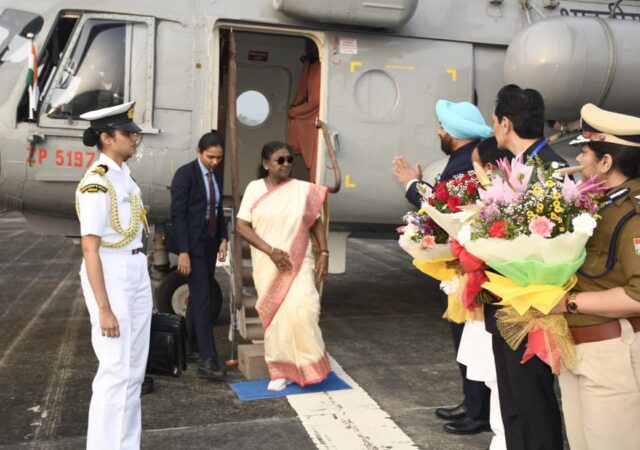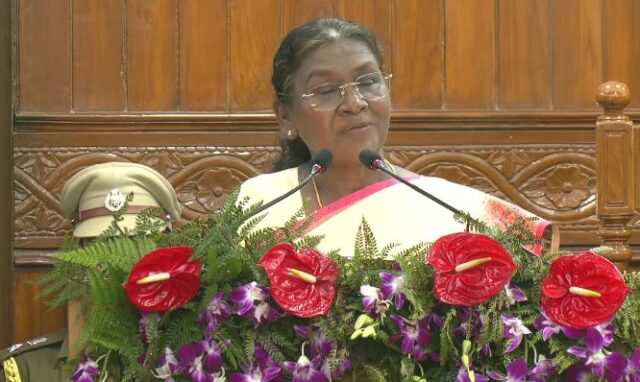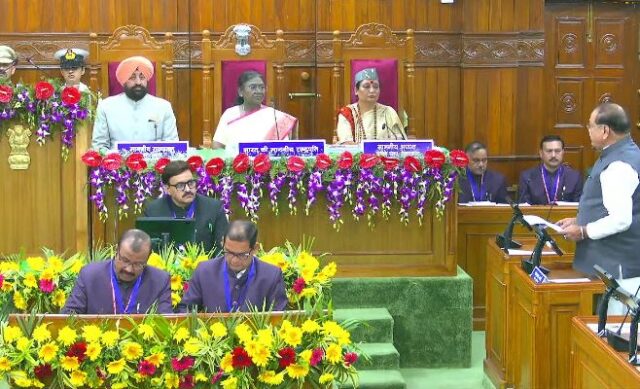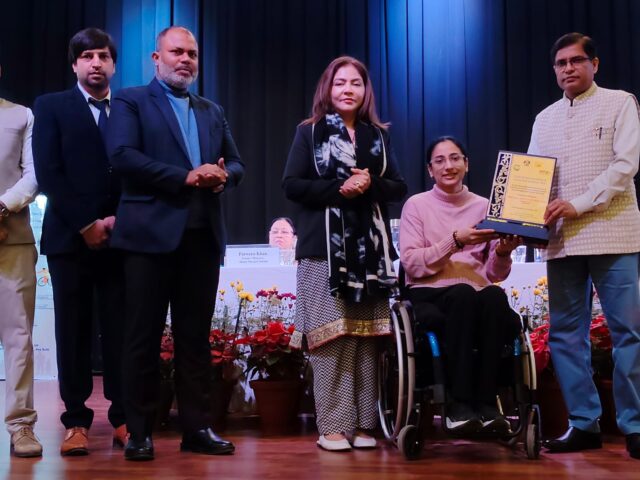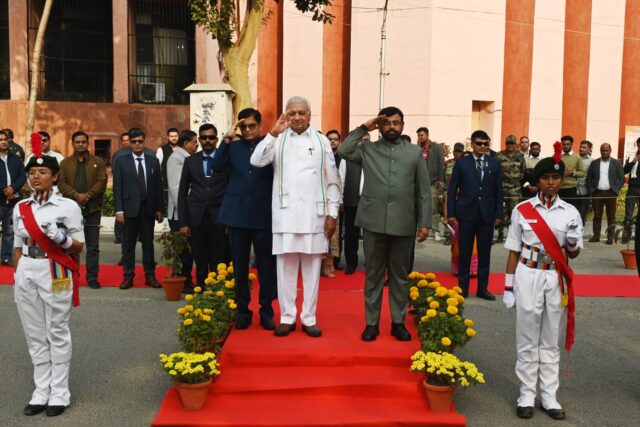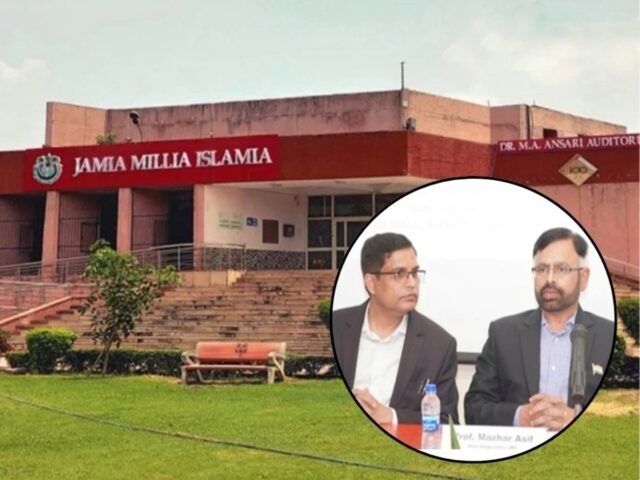Now only our Tejas will deal with Pakistan and China, America is giving this technology to any country for the first time
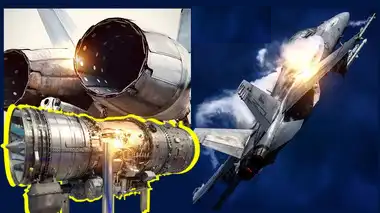
a
India will no longer have to yearn for jet engines. India’s state-owned company Hindustan Aeronautics Limited (HAL) is going to make a big deal soon. This agreement will be with US defense company General Electric (GE) Aerospace. Both the companies will jointly manufacture fighter aircraft engines in India. These engines will be used in new fighter jets like India’s Tejas. It is believed that this move of India can cause headaches to neighboring Pakistan and China. Let’s understand the whole story.
China-Pak tensed due to PM Modi’s masterstroke
HAL Chairman and Managing Director DK Sunil said in a conversation with a news agency that American engines will be used in India’s new fighter planes. The plan to make GE’s F-414 engine in India was made during Prime Minister Narendra Modi’s 2023 visit to America. But, talks were delayed regarding sharing of technology. So this project took some time. This will help in countering India’s enemies like China-Pakistan.
Up to 80 percent technology will be transferred
DK Sunil said that technical talks with GE have been completed. Especially, agreement has been reached regarding technology transfer (ToT). He said- We have agreed on about 80 percent technology transfer. This will give India modern technology to make engines. Most of the talks have been done. Now we are working on the commercial aspect of the deal. He further said that HAL hopes that this agreement will be completed by the next financial year i.e. March 2026.
Will give power to Tejas Mk2 and AMCA
This project is a big step towards promoting India’s defense production and making the country self-reliant in making modern military equipment. An agreement is going to be signed between India and America regarding the engine. GE’s F-414 engine will power aircraft like Tejas Mk2 and AMCA. Tejas will also be equipped with AESA radar, which will make it very powerful.
What is the F-414 engine, which is necessary for fighter jets
The General Electric F414 is an American afterburning turbofan engine in the 22,000 pound (98 kN) thrust class. It is produced by GE Aerospace (formerly GE Aviation). The F-414 engine is an advanced version of GE’s F404 engine, which is already being used in many fighter aircraft. It provides 22,000 pounds of thrust, making it 35% more powerful than the F404. The F-414 engine is known for its reliability and ease of maintenance.
These countries have expressed confidence in the F-414 engine
The F-414 engine is an advanced version of the GE F404 engine, which was developed in the 1970s. It has been used by US Navy aircraft for more than 30 years. The F-414 aircraft powers or is about to be supplied to jet aircraft in the US, Sweden, Australia, Kuwait, Brazil, South Korea, India and Indonesia. This will be the first time that these engines will be manufactured outside the US in India.
The US has been refusing to give military technology
The joint production of GE’s powerful F-414 jet engine is being considered a major success. This engine is already being used in fighter aircraft of countries like the US, Sweden and Australia. The US usually keeps its military technology secret. It has been refusing to give any engine or technology to India.
These powerful engines will be installed in Super Tejas
HAL Chairman DK Sunil said that these engines will be installed in India’s upcoming Tejas Light Combat Aircraft Mark 2 and the first prototype of Advanced Medium Combat Aircraft (AMCA). AMCA will be India’s fifth generation fighter aircraft. HAL is developing Tejas Mk2 as an improved version of the original Tejas. It will have more powerful engines, better electronic warfare systems, more payload capacity and modern avionics.
100 Tejas will be included in the Indian Air Force fleet
The Indian Air Force (IAF) is in the process of buying about 180 Tejas Mk-1A jets at a cost of around Rs 1.15 lakh crore. These single-engine fighters will replace the old MiG-21 aircraft in the IAF fleet. India is enhancing its air power with the AMCA, Tejas jet and Prachanda helicopter deal.
India is also working on the AMCA project
India is moving ahead on its ambitious Advanced Medium Combat Aircraft (AMCA) project. It aims to develop a medium-weight fighter aircraft with stealth technology and deep-strike capabilities. The AMCA, along with the Tejas Light Combat Aircraft, is expected to become an important part of the Indian Air Force’s future fleet.
A large consignment of Prachanda helicopters will also arrive
HAL Chairman D.K. Sunil also talked about a major deal for the Light Combat Helicopter (LCH) ‘Prachand’ earlier this year. In March 2025, the Ministry of Defense approved the purchase of 156 Prachand helicopters from HAL for around Rs 62,700 crore. This will increase the strength of the Indian Army. The delivery of Prachand helicopters will begin in 2028.
India’s first indigenous combat helicopter
Prachand is India’s first indigenously designed and manufactured combat helicopter. It can fly at altitudes of over 4,500 meters, making it ideal for mountain warfare. HAL has already delivered 15 helicopters in a limited series, and now full production will continue.
Only these countries have the technology of fighter jet engines
There are only four countries in the world that have the technology to make fighter jet engines. These countries include America, Russia, Britain and France. If this deal is confirmed, then India’s name can also be added to it.
Nehru called Hitler’s engineers
The country’s first Prime Minister Jawaharlal Nehru had sensed India’s dire need for indigenous fighter jets in the fifties itself. He called a team of top fighter aircraft designers from Nazi Germany, the former country of dictator Hitler, to India. It was led by the great engineer Kurt Tank, who designed the Focke Wolf Fw 190, one of the most successful Luftwaffe fighter aircraft in World War II. The aircraft he designed for the Indian Air Force was HF-24 Marut (HF means Hindustan Fighter and Marut means Wind God). However, this experiment was not successful.

